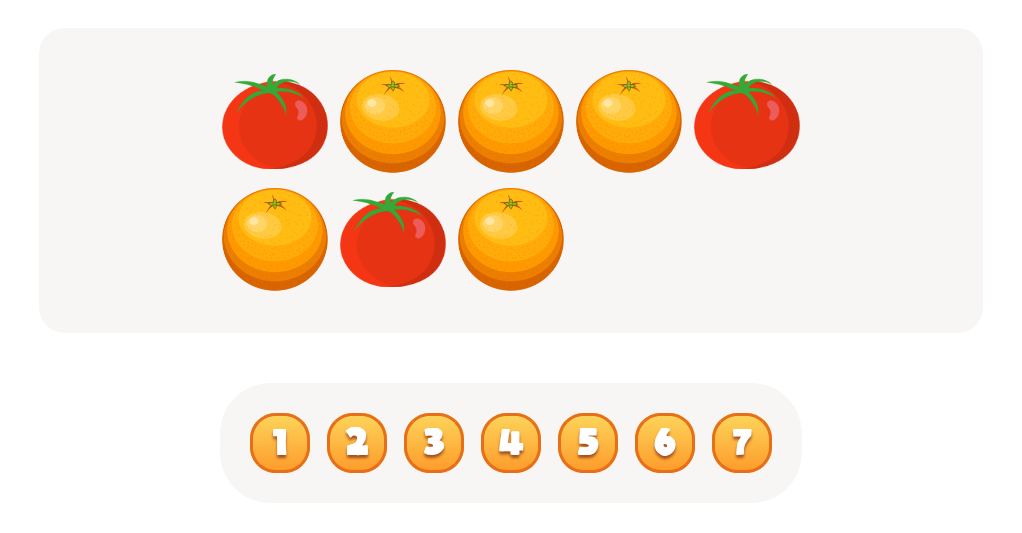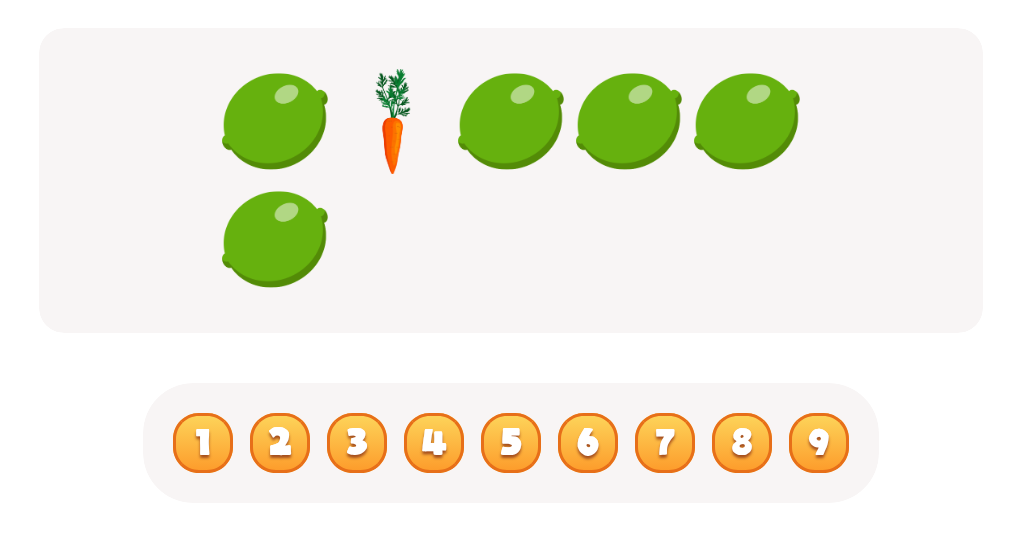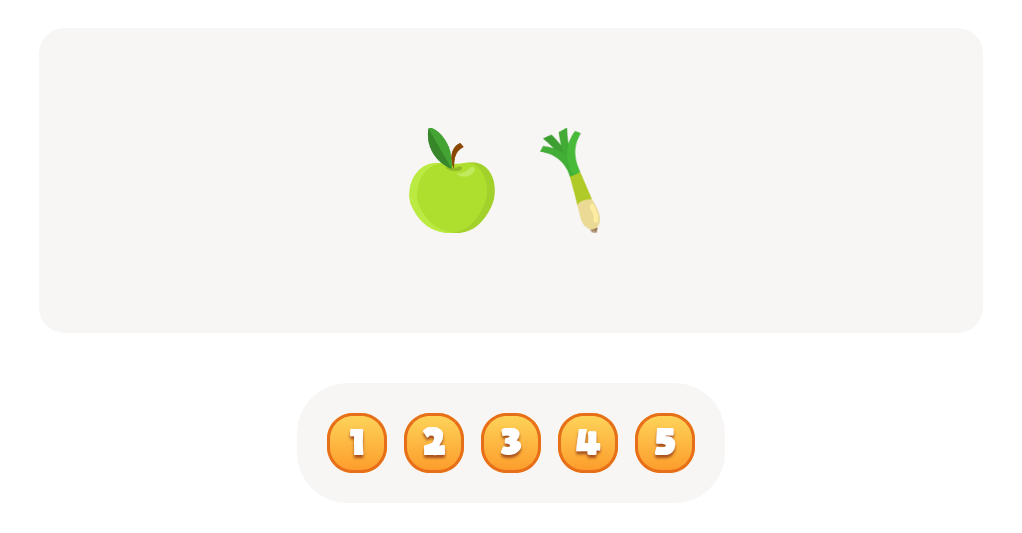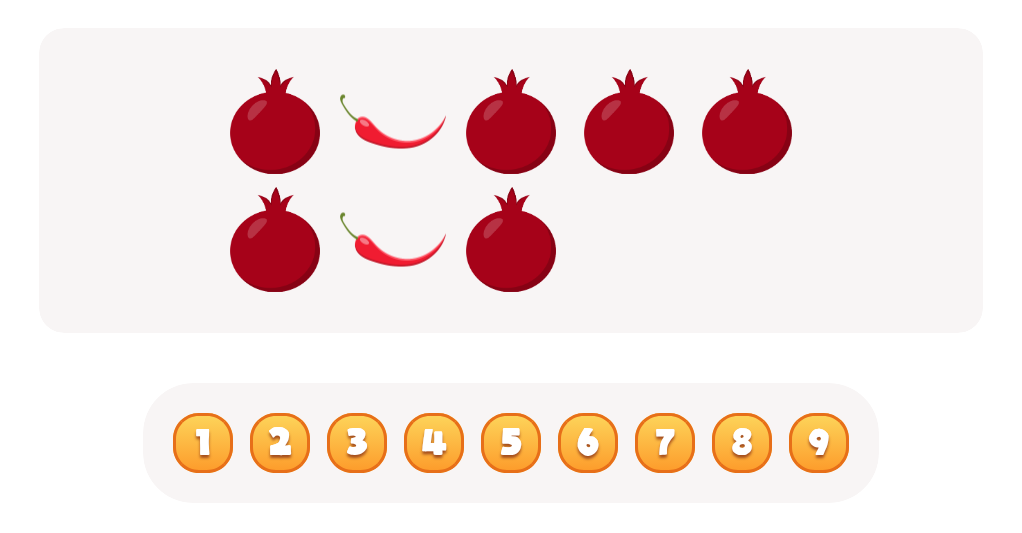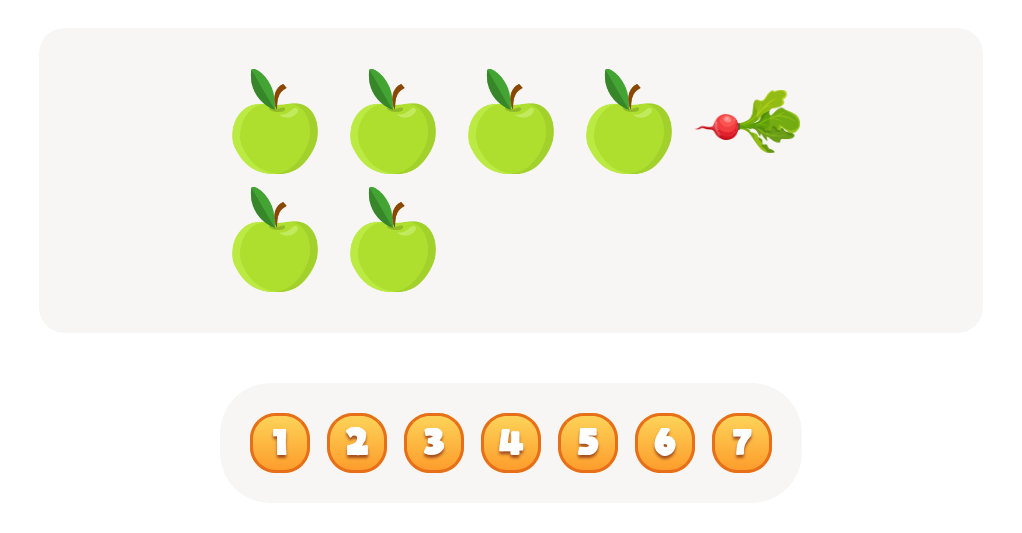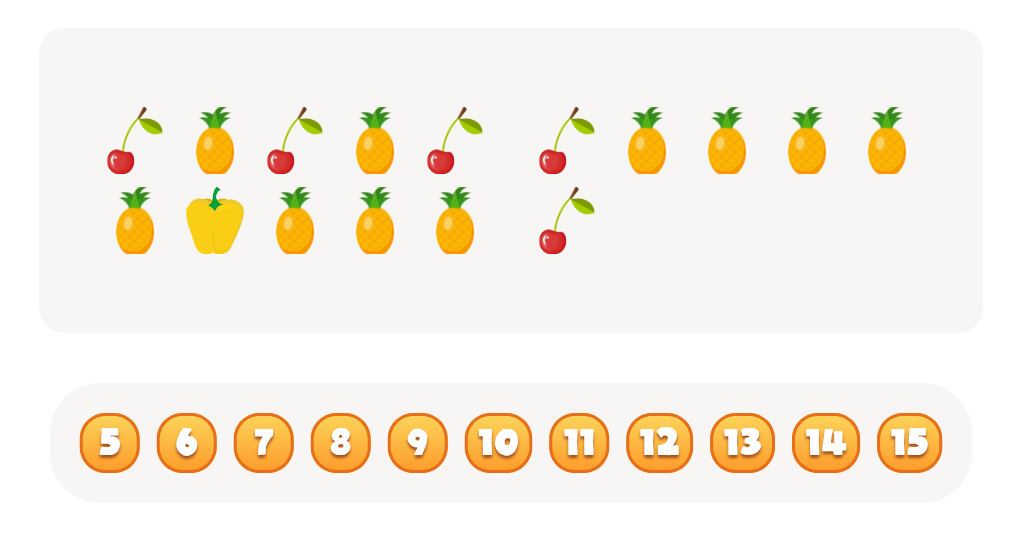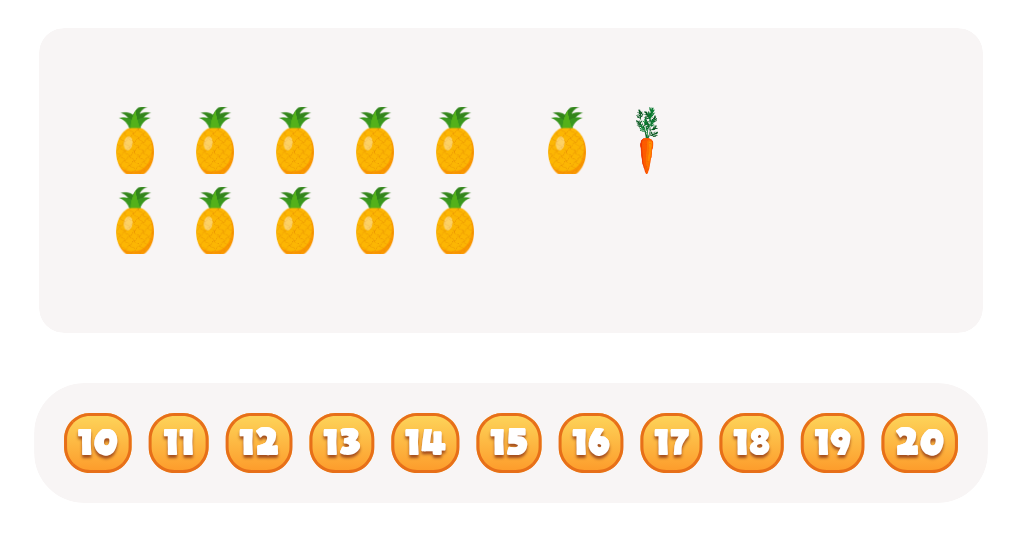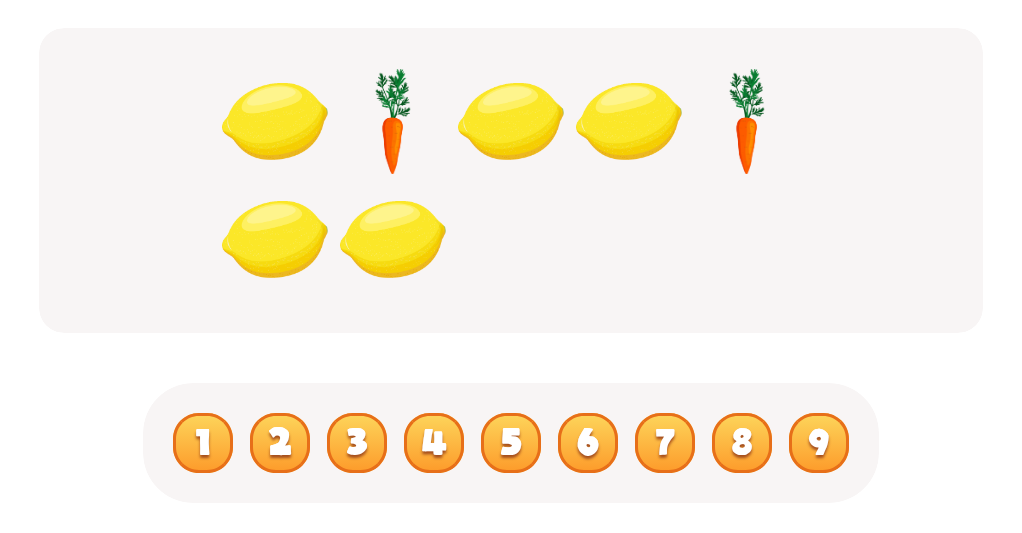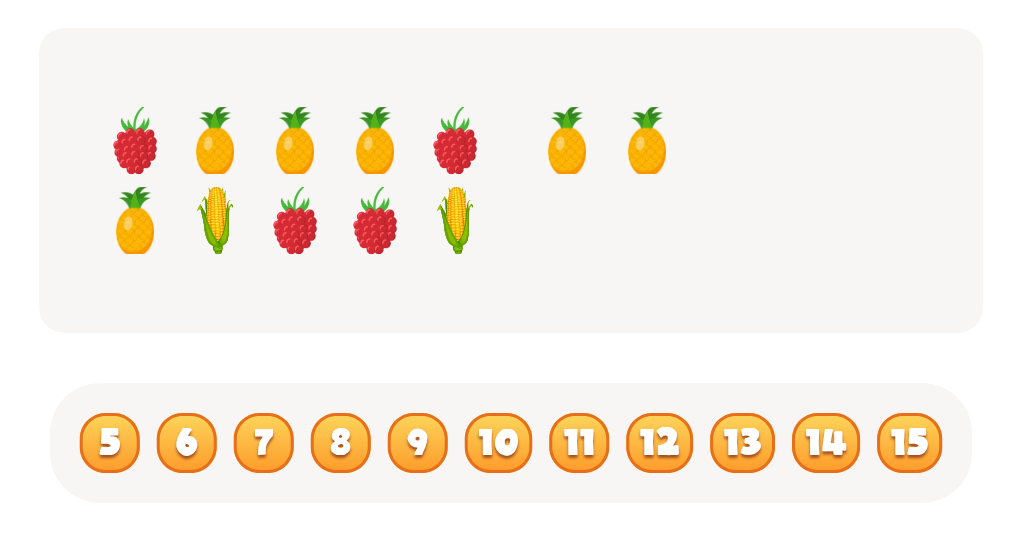Number Recognition Plants and Animals Worksheets for Ages 7-9
7 filtered results
-
From - To
Enhance your child's math and science skills with our Number Recognition Plants and Animals Worksheets for ages 7-9. These educational printables seamlessly blend the fascinating worlds of botany and zoology with fundamental number recognition. Each worksheet is thoughtfully designed to engage young learners, promoting both numerical fluency and a love for the natural world. Perfect for classroom use or at-home practice, these activities help children develop essential skills in a fun and interactive way. Let your child explore the wonders of plants and animals while mastering numbers with these expertly crafted resources.
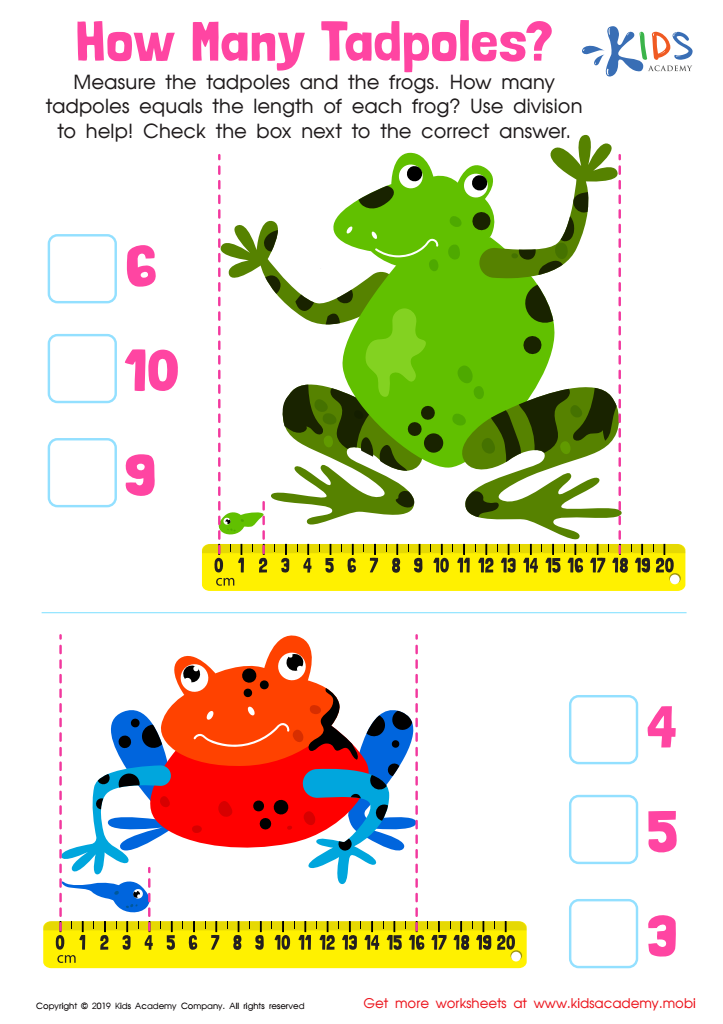

How Many Tadpoles Worksheet


African Wildlife: Giraffe Worksheet


Animal Features Worksheet
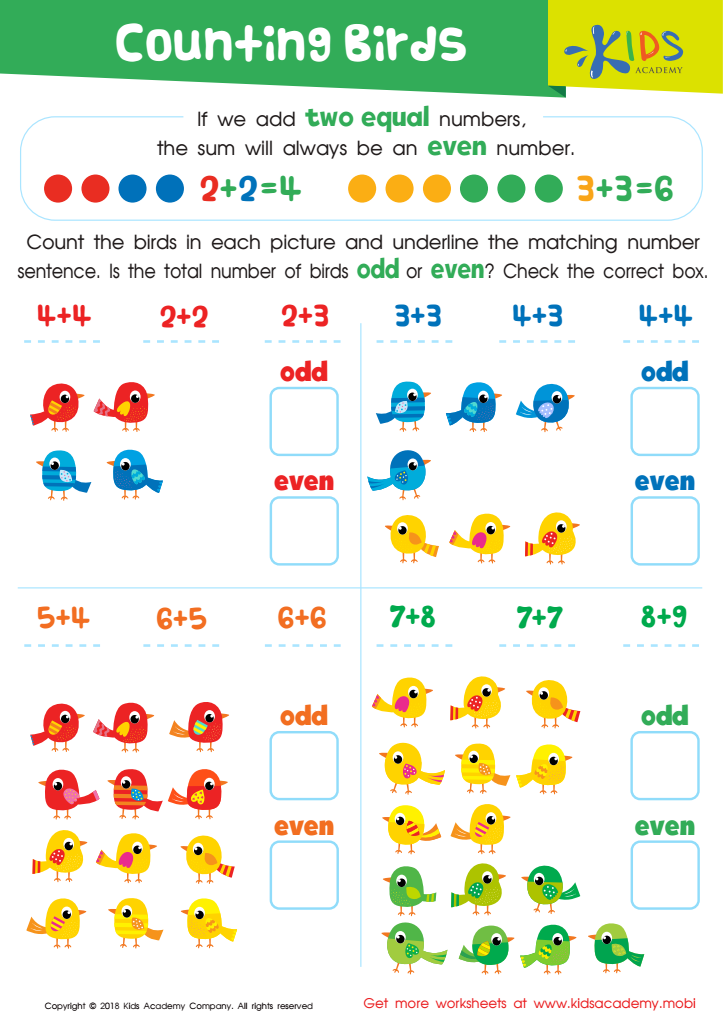

Counting Birds Worksheet


More Octopus Facts Worksheet


Counting Birds Worksheet
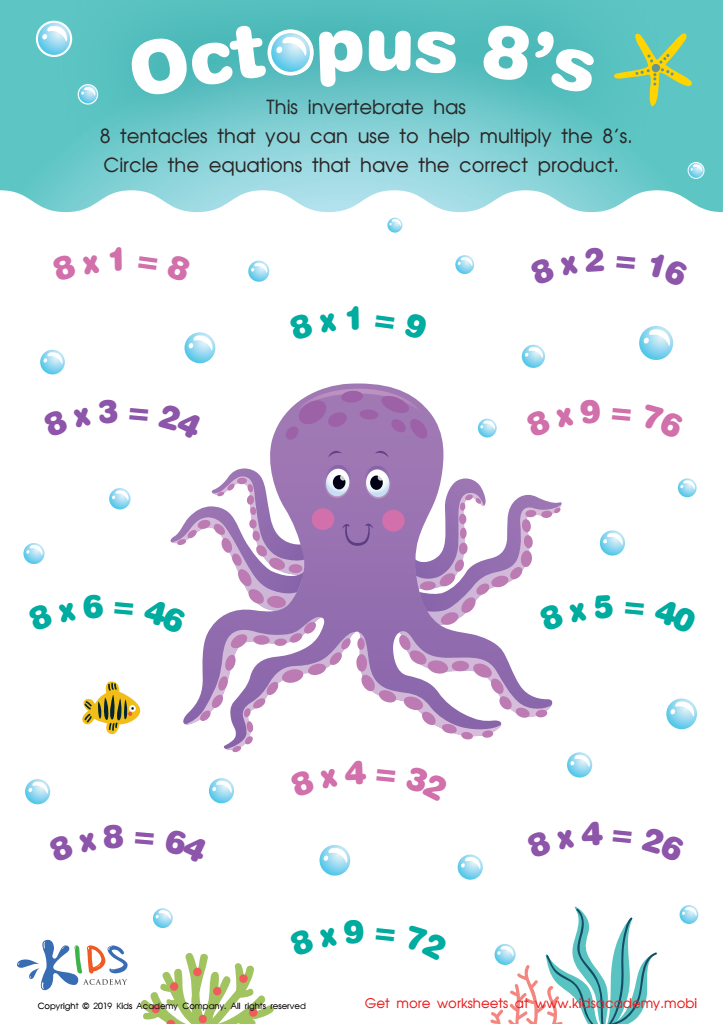

Octopus 8’s Worksheet
Number recognition and early exposure to the natural world of plants and animals are both essential components of a holistic educational experience for children aged 7-9. Number recognition serves as a foundational skill in mathematics, helping children understand and perform basic arithmetic, recognize patterns, and develop problem-solving abilities. Early competence with numbers has been linked to improved academic performance in later years.
Simultaneously, engaging children with the environment fosters curiosity and a sense of wonder about the world around them. Learning about plants and animals not only broadens their knowledge of biology and ecosystems but also instills important values such as environmental stewardship and empathy towards living organisms.
Combining number recognition with lessons about plants and animals can create an enriched, integrated learning experience. For instance, counting the petals of a flower, the legs of an insect, or the seeds in a fruit can seamlessly bring together numerical skills and scientific observation. This multidisciplinary approach helps maintain a child's interest and makes learning more relevant and enjoyable. Both parents and teachers should prioritize such activities as they nurture critical thinking, observation skills, and an appreciation for mathematics and nature, laying the groundwork for well-rounded development and lifelong learning.
 Assign to My Students
Assign to My Students

